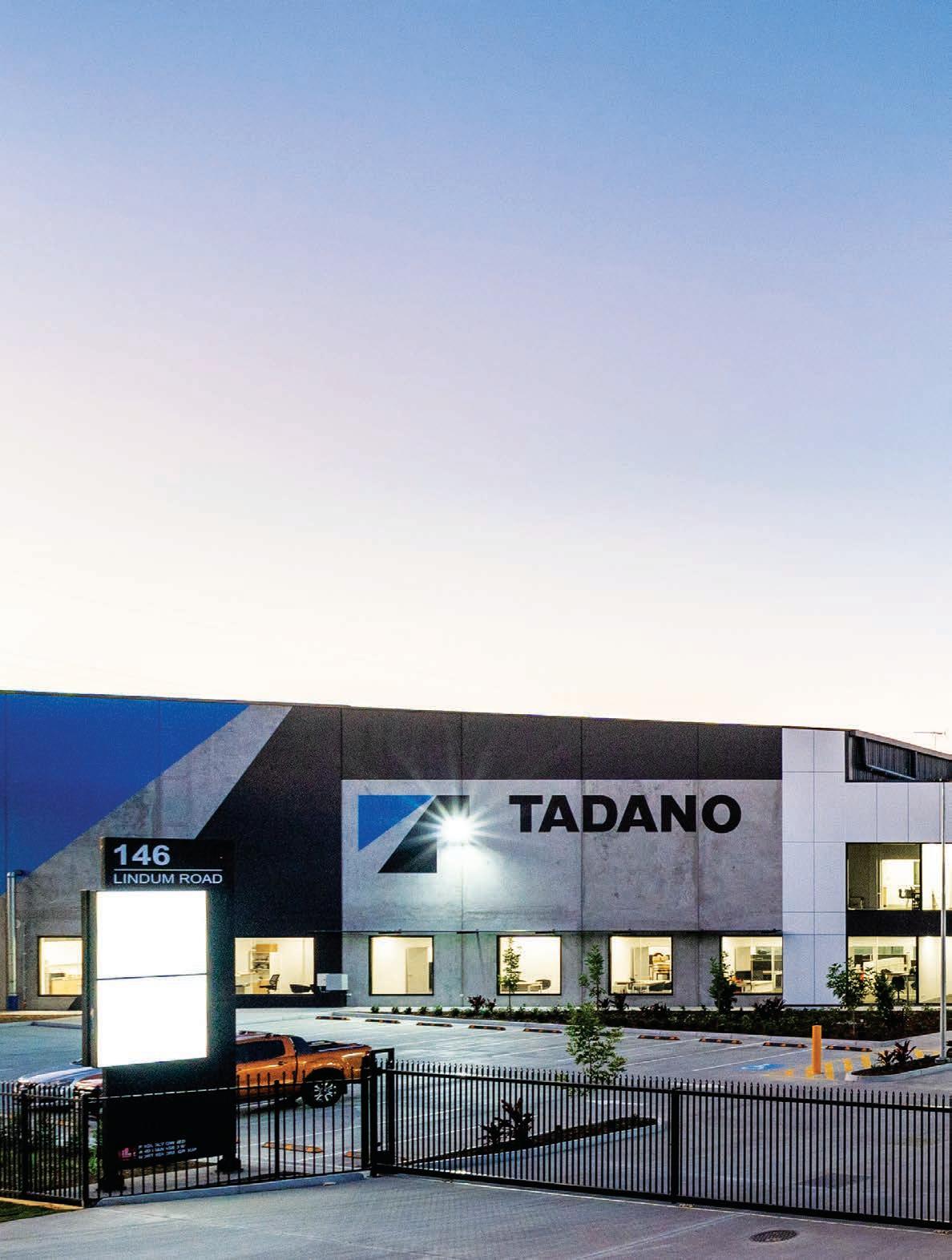CICA WORKPLACE ADVICE
MANAGING YOUR WORKFORCE THROUGH THE COVID PANDEMIC Holding Redlich examines the workplace schemes the federal government has introduced to assist businesses dealing with the impact of the pandemic. the employer must pay employees at least $1,500 and, in the case of those earning more before the Scheme was introduced, the employer could top up the difference if they wished.
Michael Selinger, partner, Holding Redlich.
ACROSS THE CRANE INDUSTRY, ALL businesses have felt the impact of the COVID-19 pandemic, not least of which are the challenges, managing workforce, industrial and safety issues. WHAT IS THE JOBKEEPER SCHEME? Early in April, the Federal Government introduced significant changes to the Fair Work Act 2009 (Cth) (FW Act) as part of its JobKeeper Scheme (the Scheme), in particular by introducing a fortnight wage subsidy of $1,500 gross paid to eligible employers in order to keep eligible employees employed with the business. To be an eligible employer, the employer had to demonstrate a decline in actual or predicted revenue, in most cases of 30%. All employees could then be nominated to receive the subsidy so long as they were full-time, part-time or long term casuals for a period of 12 months before 1 March 2020, including those stood down or rehired. Each fortnight, 28 / CAL July 2020
EXCLUDED EMPLOYEE ISSUES The Scheme prevents an employer picking or choosing who to nominate – it’s ‘one in, all in’. If the employee was eligible at the time the employer applied for the Scheme, then they were required to be nominated. This caused some issues as employers moved to terminate employment of workers before applying for the scheme, opening potential avenues for claims to be made for unfair dismissal or discrimination. Separately, some employees were excluded from the Scheme by the rules themselves, most notably those on temporary visas such as students or short term work visas. At this stage, there does not appear to be any indication that the Scheme will be extended to include those workers, even with an apparent $60 billion being available. As such, employers may face the challenge of how to manage any workers who do not qualify for the Scheme. Young workers have also been impacted. Originally, they were included in the Scheme, but in April the eligibility rules changed so as to exclude 16 and 17 year old full time students who were not financially independent. If, like a lot of businesses, you made a payment to a 16 or 17 year old employee before 24 April 2020 assuming they were covered by the Scheme, that payment will still be subsidised by the Scheme. You should also check whether a worker may qualify
if they turn 18 during the balance of the Scheme. MANAGING HOURS OF WORK DURING THE PANDEMIC Given the economic uncertainty, many employers are looking at how they can vary hours of work to meet changes in demand. There are different options available depending on whether you are part of the Scheme. 1) If you are not part of the Scheme: Before you can vary hours of work of an employee, an agreement must be made with the employee. In doing so, it is important to first consult with each employee and discuss the reason for the change and seek each employee’s views and agreement on the arrangement. The Mobile Crane Hiring Award 2010 (Award) imposes notice and consultation obligations at clauses 8 and 8A. When you increase hours of work, you must ensure that the employees are paid pursuant to the terms of the contract and any applicable modern awards, especially overtime. 2) If you are part of the Scheme: Your business can issue JobKeeper enabling stand down directions if you are part of the Scheme and the worker cannot be usefully employed for their normal days or hours because of changes to business attributable to the pandemic. The JobKeeper enabling stand down direction includes directing an employee: 1. Not to work on a day or days on which an employee would ordinarily work; 2. To work for a lesser period than the www.cranesandlifting.com.au
























